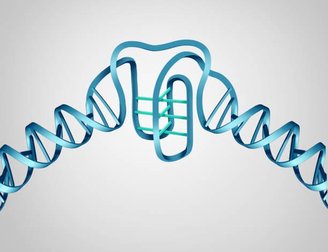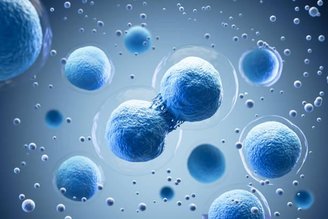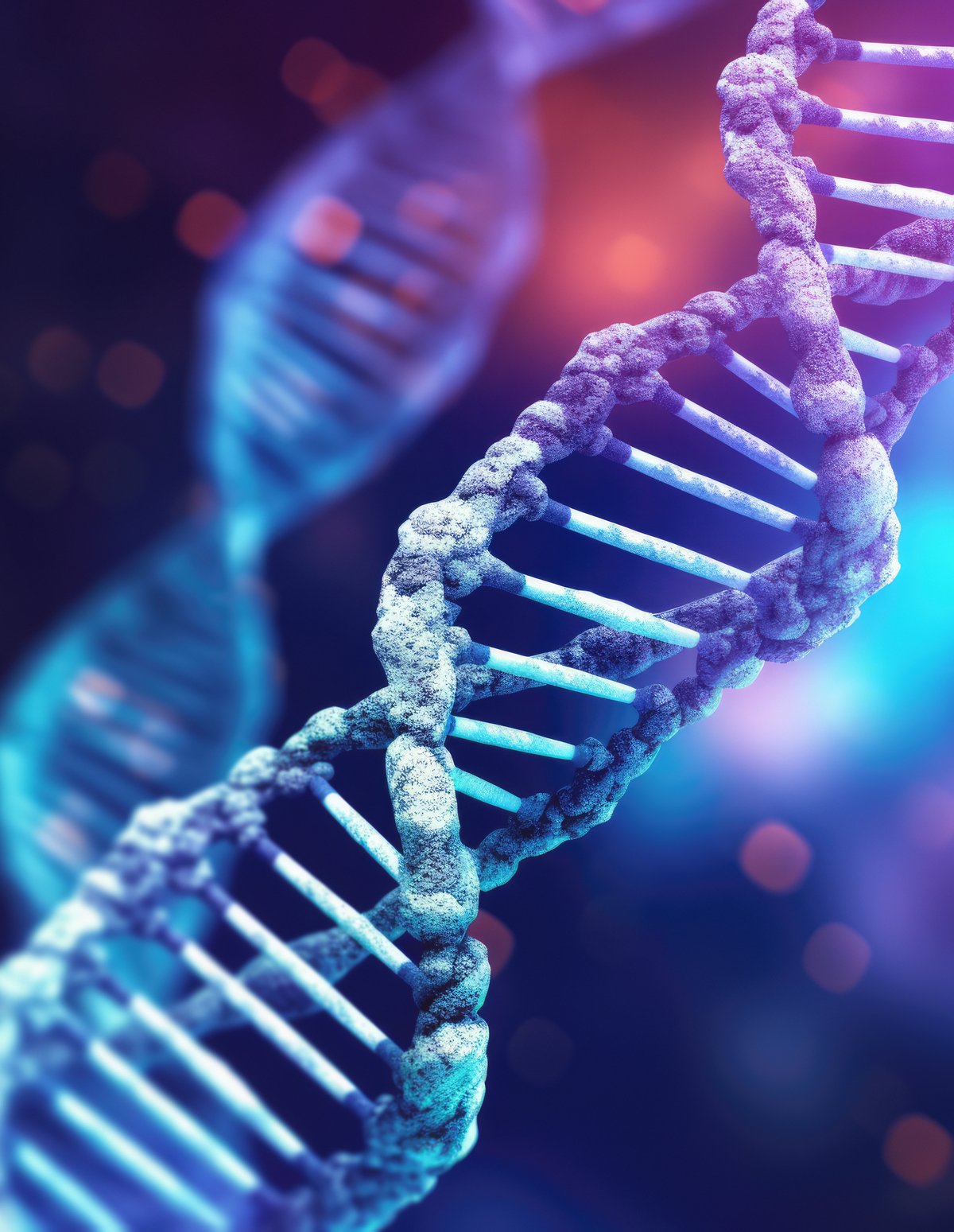In 2018, a team from the Garvan Institute of Medical Research made observations in cells for the first time. in vivoquadruple DNA structures called i-motifs. Now, in a more recent study, The group began to study the functionality of these structures in cells.
When you hear or read about the structure of DNA, what’s the first image that comes to mind? A perfectly aligned double helix of nitrogenous bases is probably the image that comes to mind. But DNA always holds some surprises.
In addition to other factors that may contribute to the abnormal organization of molecules, other structures of DNA molecules may be present due to the presence of pathologies. However, the study of these differentiated structures is quite complex.
Generally, This type of structure does not support lifeSo studying these structures contributed to the prediction of injuries, but not to the investigation of potential targets of action or their mechanisms of action. But in 2018, something changed.
DNA “Knots”
DNA knots occur naturally during cell division and the organization of genes in chromosomes. However, “knots” can be found in the middle of these knots, in cytosine-rich regions.
In 2018, the Garvan Institute team observed small knots in the coding of DNA strands. To make this observation possible, they used antibodies programmed to bind specifically to this “knot” as a method of isolation.

Using immunofluorescence, as well as other separation methods for human MCF7, U2OS and HeLa cell clusters, they were able to prove the existence of these double-helical entanglements, which had previously been considered only a hypothesis.
Understand, this is not a new junction of the double chain. but depending on certain conditions in the cell nucleus, a “folding” in the cytosine-rich regions.
From 0 to 50 thousand!
Proving the existence of i-motifs was not just a matter of genetic curiosity. The study published Embo Magazine, In August 2024, explanations were presented for how these tangles may play an important role in cellular regulation.
Scanning areas of interest, The researchers were able to identify more than 50,000 of these “knots” in key regions of the cell nucleus.

They determined that the greatest amount of i-motifs can be found at the peak of cellular activity and can be stable at neutral or slightly acidic pH. They also determined The existence of these tangles may be linked to the cellular regulatory cycle in transcription processes during division..
Cellular regulation is the process of controlling the cell. When a transcription is taking place, some nitrogenous base groups may be “copied” abnormally. Regulation detects this difference and signals to discard the copied strand.
Unsurprisingly, the researchers found a wealth of i-motif activity linked to tumor cell processes. The exact mechanism of action has not yet been fully defined, but understanding how these “knots” act will be the next step, particularly in developing anti-cancer targets.
A goal and a chance
i-motifs appear to be acting on a target of interest that has long been desired and difficult to control in the oncology field. The c-MYK protein appears to play a crucial role in the development of cancer in humans.
However, regulating and “eliminating” this tumor protein is a difficult task because it has developed several mechanisms to evade our body’s natural systems, which will not only prevent its synthesis but also its proliferation.

If i-motifs can indeed create some regulation on such proteins, they could be used as a targeting medium to block or prevent cancer cells from effectively multiplying, allowing the development of a new technology to combat cancer.
What was a hypothetical curiosity that became reality in 2018 is now a fertile area for a broader understanding of how our cells function, how they act in the transcription and synthesis of genes and proteins.
Stay up to date with the latest scientific discoveries on TecMundo, and take the opportunity to understand why genomics is considered the future of science.
Source: Tec Mundo
I’m Blaine Morgan, an experienced journalist and writer with over 8 years of experience in the tech industry. My expertise lies in writing about technology news and trends, covering everything from cutting-edge gadgets to emerging software developments. I’ve written for several leading publications including Gadget Onus where I am an author.












